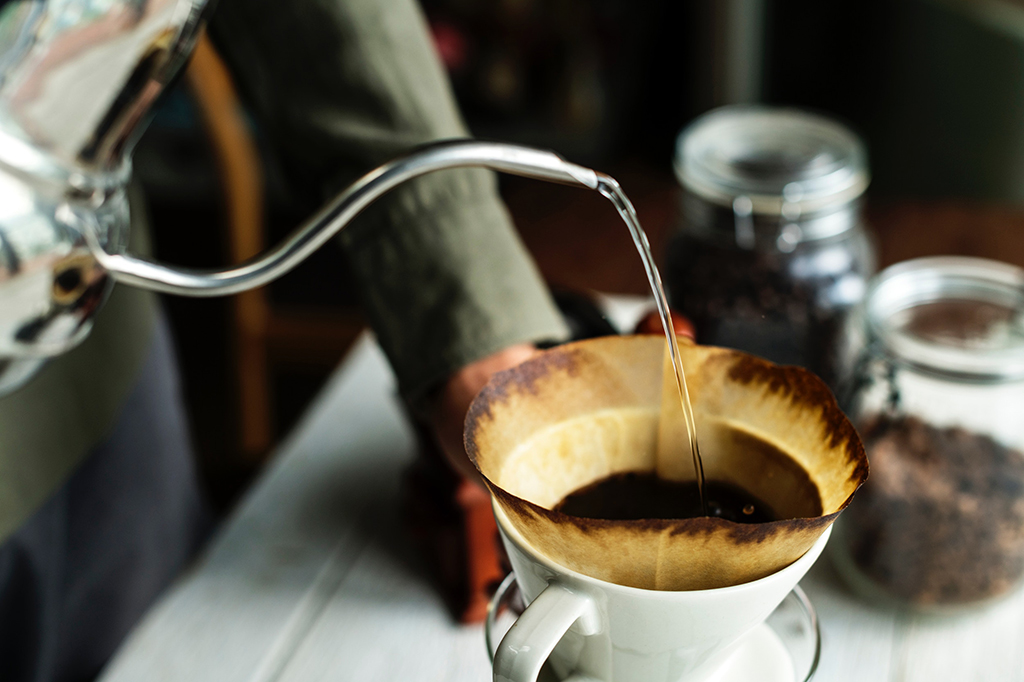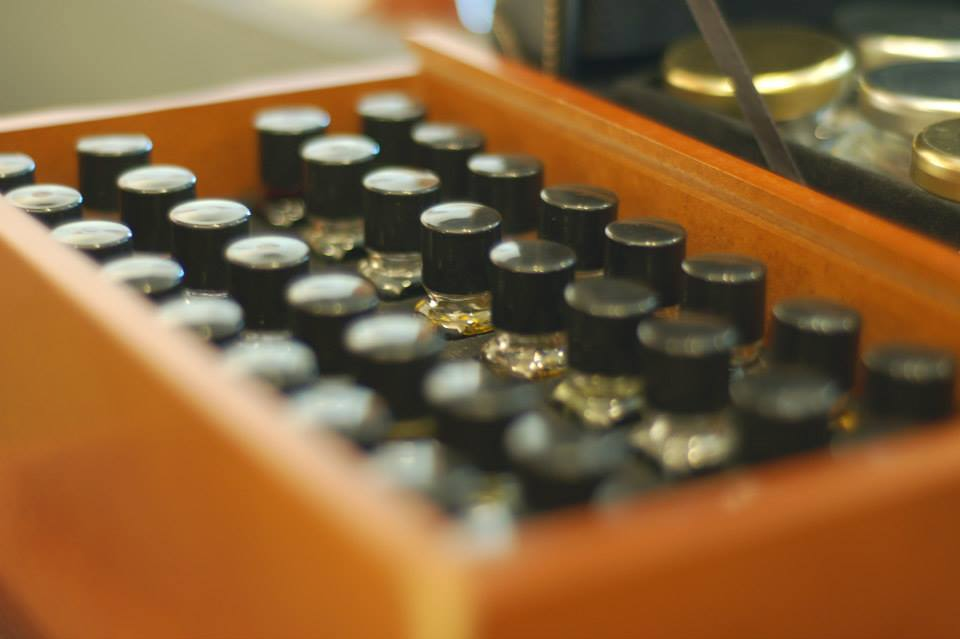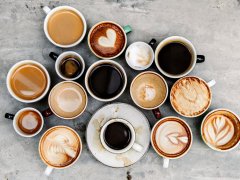What factors affect the taste of coffee? Does taste have a great effect on coffee?
Professional coffee knowledge exchange more coffee bean information please follow the coffee workshop (Wechat official account cafe_style)
Do you know that the same kind of coffee and the same bag of coffee beans can lead to different tastes of a cup of coffee due to various factors?
In the flavor of a cup of coffee, raw beans account for about 60%, roasting effects account for 30%, and production effects account for 10%. Of course, this is a rough analysis. "from crop to cup" is often mentioned in boutique coffee, that is, "from seed to cup". From planting to a cup of coffee, the life process of coffee beans is so long that it is conceivable that the factors affecting the taste of coffee are infinitely subtle.
We often use smell and taste to judge the aroma and sweetness of coffee, as the main basis to judge whether a cup of coffee tastes good and mellow, but in fact we often ignore the influence of "body" on a cup of coffee. So, today we're going to talk about what factors affect the taste of coffee.

Varieties of coffee beans
The first thing that affects the taste of coffee is the variety. Basically, coffee is divided into three major varieties, Arabica, Robusta and Liberica, with hundreds of small varieties subdivided.
Arabica accounts for about 60% of the world's coffee production, and it is also a difficult variety to grow. Because of its excellent aroma, balanced taste and low caffeine content, Arabica is still the largest in total even if it is not easy to cultivate.
Robusta, which accounts for 40% of the world coffee production, is resistant to high temperature, cold, moisture, drought and even mold. Unfortunately, coffee beans have poor aroma, strong bitterness, lack of acidity and high caffeine content, so they are mostly used for blending or instant coffee.
Liberia (Liberica) accounts for 1% of the world coffee production and is resistant to high and low temperature, humidity, dryness and strong fecundity, but it is difficult to survive in the market because of its poor flavor and susceptibility to leaf scourge. it is generally used for research and is less able to grow and produce in large quantities. In addition, deep roasting can be used to cover the flavor problems or add cream to enhance the flavor, that is, two-in-one coffee or three-in-one coffee.
Geographical and climatic environmental factors of coffee beans
The second thing that affects the taste of coffee is the geographical and climatic environment, including soil, precipitation, humidity, temperature, and special environmental factors. Generally speaking, the sandy soil with easy drainage is beneficial to the growth of coffee, while the volcanic soil is rich in nutrients, and the suitable temperature for coffee growth is generally maintained at an average annual temperature of 20May. on the contrary, the frost weather below 0 degrees is a devastating blow to coffee growth. in addition, sufficient light and timely and appropriate amount of precipitation also have a great impact on the development of coffee fruit.
The process of planting and treatment of coffee beans
In addition to the origin, the method of planting coffee beans and the picking process of coffee beans also affect the important reasons for the taste of coffee. Sometimes, a good coffee tree may produce bad beans. The treatment process of coffee beans after harvest is equally important, and the common treatments are: washing, sun exposure and honey treatment. Sun-cured coffee beans have rich fruit aroma, sweet aftertaste and high mellowness; washed coffee beans have fruity or floral aroma, high acidity and low mellowness; honey-treated coffee beans have a sweeter aftertaste, delicate fruit aroma and medium mellowness.
Freshness of raw coffee beans
Generally divided into "new crop" and "old crop" according to the harvest year of coffee beans, although the newly harvested coffee beans are easy to show too much astringency and sour taste, compared with the old beans "old crop" for more than a year, the new beans have more refreshing acidity and richer taste, as long as they are roasted properly, they can get the rich taste of coffee. In addition, coffee beans are the fruits of plants, and it is normal to have acidity, but if you drink strange acid, it is likely that the coffee is not roasted. You might as well cut open the coffee beans to see if they are evenly ripe inside.
The roasting process of coffee beans
The roasting process basically accounts for 30% of the coffee flavor factor, which is indeed crucial. Not to mention the complexity and subtlety of baking technology, even if the same bean, from different baking degrees, will show a completely different flavor. In addition, freshness is the life of coffee beans, and real boutique coffee must be fresh. Generally, beans enter their best flavor period three to seven days after roasting. If they are preserved properly, they can be used within a month, but the aroma of coffee has been volatile all the time. More than a month's bean flavor has basically been lost, leaving only some bitterness and miscellaneous taste.
The grinding process of coffee beans
The key to making delicious coffee is to moderately extract the various ingredients of beans. The finer the coffee beans are ground, the larger the surface area of the beans will be, the more ingredients will be extracted and the bitterness will become heavier. On the contrary, the thicker the coffee beans are ground, the lighter the coffee concentration will be, the less bitter the coffee will be, and the sour taste will become more obvious instead; not only to adjust the thickness of the coffee powder, but also to grind evenly as a whole. If micro-powder is produced during grinding, coffee is easy to have astringent taste, so the key point of choosing bean grinder is to select the type of machine that will not produce micro-powder and is least likely to cause friction heat that harms taste and aroma.
Drinkers' preference for coffee taste
The understanding of the taste of coffee and personal physical qualities will subjectively affect the taste evaluation of a cup of coffee.
The water selected for soaking.
The effects of water quality on coffee can be divided into four categories.
(1) pH of water (PH value): coffee is a weakly acidic drink with a PH value of 5-6. If you use water with a PH value above 6 to brew coffee, it will increase the PH value and reduce the acidity of the coffee. The higher the PH value, the stronger the effect of reducing the acidity.
(2) the higher the ppm value of soluble matter in water, the more soluble matter in water, so the extraction rate of coffee will be lower. On the contrary, the lower the ppm value, the less soluble matter in the water, so the higher the extraction rate of coffee.
(3) the softness and hardness of water (calcium and magnesium ion content) has a great influence on coffee. Soft water tastes softer to drink, and the coffee brewed by oyster is also more round and soft, which will enhance the sweetness of coffee to a certain extent, but the sweetness is often not as high as that of hard water.
(4) the temperature of the water, generally suitable for brewing coffee, is between 88 and 92 degrees Celsius (according to the roaster and personal preferences). If the water temperature is too low, it is not easy to reflect the taste of the coffee, and if the temperature is too high, it is easy to be bitter.
Bubble process
Although it accounts for only a tiny 10%, this factor is at a bottleneck, so if properly made, the first 90% can be played better, while improper production can ruin a long list of efforts ahead.
Basically, the process of coffee before it becomes raw beans is a factor beyond our control, but from subsequent roasting to soaking, we can study and deal with it. If you wish, you can also find a bean baker who can match or bake beans for you. From choosing beans to participating in your coffee life, and then to making your own coffee, you must have a great sense of achievement.
END
Important Notice :
前街咖啡 FrontStreet Coffee has moved to new addredd:
FrontStreet Coffee Address: 315,Donghua East Road,GuangZhou
Tel:020 38364473
- Prev

What is a coffee sniffer? 36 Flavor Coffee Nose and 100 Flavor Coffee Flavor Map T100 Difference
Professional coffee knowledge exchange More coffee bean information Please pay attention to coffee workshop (Weixin Official Accounts cafe_style)[coffee smell bottle] smell bottle literally is a bottle that will emit aroma, and direct understanding is not far from the fact. Why is this bottle necessary? What is the relationship with coffee? Learning about coffee wind
- Next

Caffeine has its pros and cons, according to a new Harvard study. Experts recommend drinking less than 3 cups a day.
Professional coffee knowledge exchange more coffee bean information please follow the coffee workshop (Wechat official account cafe_style) A recent Harvard study found that if you consume more than 3 cups of caffeine a day, the risk of migraine will greatly increase! According to the survey, the current global rate of migraine is 10%, and the medical community believes that migraine may be affected by sleep, hormones and many other factors. But...
Related
- How did the Salvadoran coffee industry develop in Central America?
- What exactly does the golden cup extraction of coffee mean?
- The Origin of Coffee flower
- [2023 Starbucks World Earth Day] there are more meaningful things besides free Starbucks coffee!
- What kind of coffee is there in Spain? 9 Flavors of Spanish Coffee
- Aromatic African coffee| Kenya's coffee culture and historical production area
- Liberica Coffee Bean knowledge: the characteristics of Liberian Coffee beans of the three original species of Coffee beans
- The origin and formula of Spanish latte introduces the taste characteristics of Bombon coffee in Valencia, Spain.
- How to adjust the solution of over-extracted coffee
- What is the tasting period of coffee beans? What is the period of coffee and beans? How should coffee wake up and raise beans?

